Service hotline
+86 0755-83975897
Release date:2025-02-12Author source:KinghelmViews:146
A connector is a device used to connect two or more electrical circuits. As an electromechanical component, connectors are usually used in pairs, consisting of a plug (male end) and a receptacle (female end). The plug is often referred to as a plug, male connector, or header, while the receptacle is called a socket, jack, or female connector.
Connectors facilitate electrical connection and disconnection through mechanical action. Their primary functions include:

Connectors come in many different types, designed to meet various needs. Here, we’ll focus on connectors that carry electrical signals. There are contact-based connectors (such as electrical and fiber-optic connectors) and non-contact connectors (e.g., proximity switches). In this article, we'll primarily cover contact-based electrical signal connectors.
Electrical connectors and their components are critical interface elements within devices, enabling signal and power transmission across systems. The quality of the connection directly impacts the safety and reliable performance of the entire system.
From high-frequency to low-frequency connectors, from circular to rectangular, from connectors carrying large currents to those transmitting weak signals, connectors are integral to numerous systems. They ensure devices operate at their full potential, supporting a wide range of functionalities.
Given the diversity of applications, industrial connectors are categorized in a variety of ways. With ongoing technological advancements, the performance and material choices for connectors are constantly improving to ensure reliable operation in different environments.
Connector classification can be quite complex, and many systems use specific types tailored to their environments and requirements. Here are the most common ways connectors are categorized:
High-frequency connectors, coaxial connectors, video connectors, impedance converters, and more. These connectors are designed to handle different frequencies and signal types.
When selecting a connector, several factors should be considered to ensure proper performance:
Choose connectors that can handle the required current without overheating or damaging the electrical components. For power connectors, ensure proper current ratings and insulation.
The physical dimensions of the connector are crucial, especially in confined spaces. Make sure to choose connectors that fit into your device or circuit board without interference. Options include front or rear mounting, fixed or quick-lock mechanisms.
For RF signals, impedance matching is critical. Mismatched impedance can cause signal reflection and loss. Choose connectors that meet the impedance requirements for high-frequency applications.
With the rise of wireless communication and electromagnetic compatibility (EMC) concerns, shielding is more important than ever. Choose connectors with metal housing or molded shielding to protect signals from external interference.
To prevent misconnection, look for connectors with unique designs that prevent incorrect mating. For example, using different types of plugs and receptacles for different circuits can prevent accidents.
Since connectors are essential for signal transmission, reliability is crucial. Ensure the connectors have high contact quality and are durable under mechanical stress (e.g., board-to-board connections or pin connectors).
Where possible, choose connectors with standard configurations that are widely compatible, reducing parts variety, lowering costs, and minimizing the risk of supply chain disruptions.
Select connectors based on the operating environment. Connectors for outdoor or industrial applications must be rated for harsh conditions, such as extreme temperatures, moisture, or corrosive environments.
Some applications require frequent plugging and unplugging. Choose connectors rated for high cycles of insertion and withdrawal to ensure long-term performance.
Consider whether the connector will be used in live circuits. In cases where live connections are required, special attention must be given to connector type and safety standards.
Selecting the right connector is crucial to ensuring the reliable performance of your electronic system. Each application has specific requirements regarding current, frequency, size, environment, and durability. By considering these factors, you can choose the most suitable connector that guarantees optimal performance and longevity for your device or system.
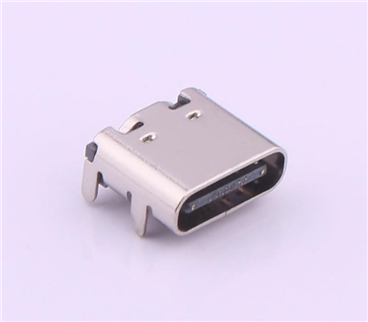
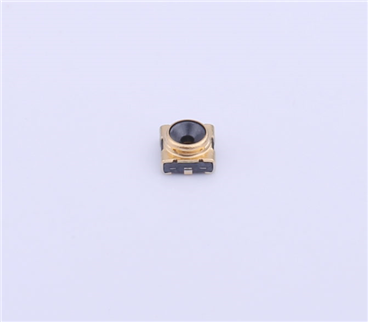
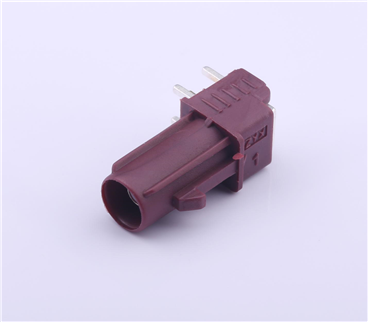
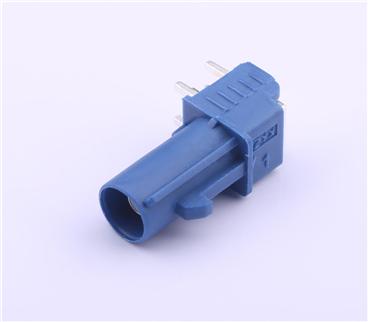
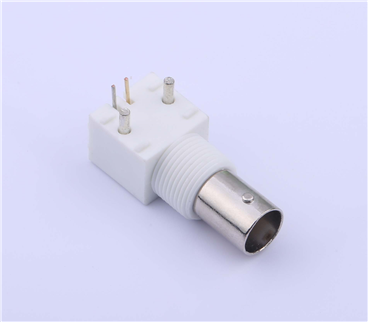
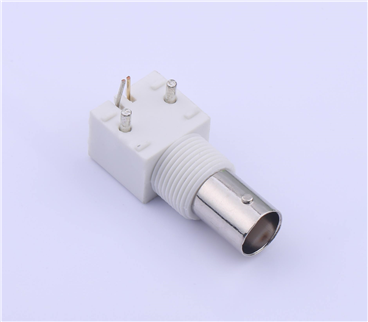
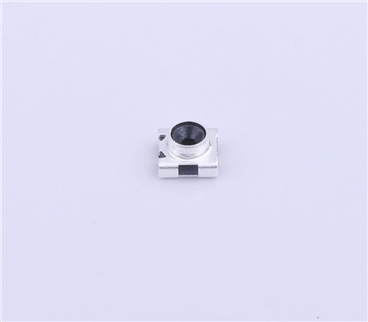
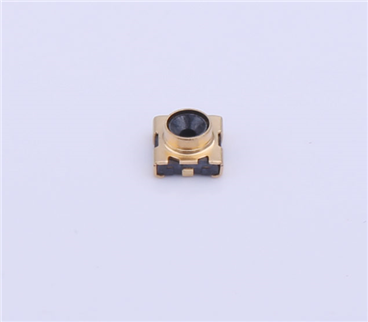
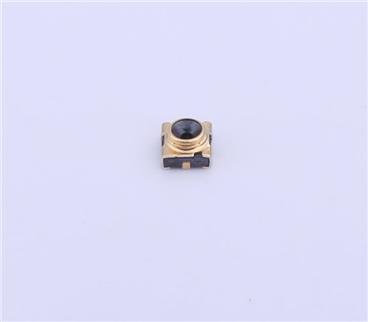
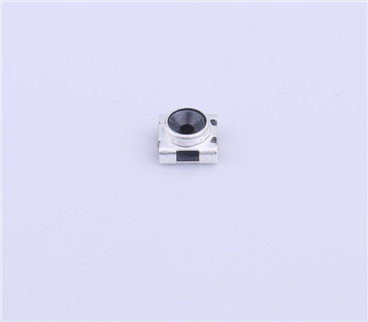
Copyright © Shenzhen Kinghelm Electronics Co., Ltd. all rights reservedYue ICP Bei No. 17113853